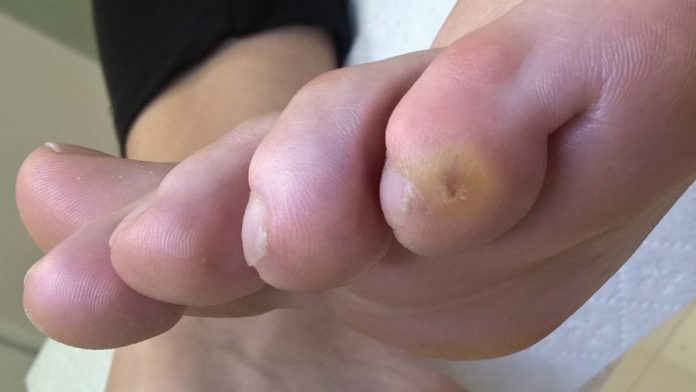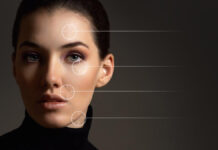STRESZCZENIE
Stopa ludzka jest ważną częścią statyczno-dynamiczną narządu ruchu. Stanowi element podporowy, służący do dźwigania należnej masy ciała oraz jest pierwszym elementem kontaktu z podłożem w trakcie poruszania się. Układ kostny stopy składa się z 26 kości, a dzięki dobrze wykształconym łukom posiada zdolność dostosowania się do nierówności podłoża, działa jako dźwignia w czasie odbicia oraz absorbuje rotacje poszczególnych segmentów kończyny dolnej w fazie obciążenia. Aktualne badania potwierdzają, iż ludzka stopa nie jest przystosowana do noszenia obuwia na wysokich obcasach, ponieważ doprowadzają one do obciążenia przedniej części stopy, powodując nierównomierny rozkład całego ciężaru ciała. W wyniku przeciążeń dochodzi do powstania nieodwracalnych zmian w układzie kostnym stopy.
Celem pracy było przedstawienie zaburzeń związanych z noszeniem obuwia na wysokim obcasie wśród kobiet. Na podstawie analizy aktualnych badań naukowych wskazano wpływ przeciążeń na deformacje kostno-stawowe oraz dolegliwości bólowe w obrębie stóp.
Zaburzenia związane z noszeniem obuwia na wysokim obcasie uwidaczniają się również w innych partiach ciała. W związku z tym, odpowiednią profilaktyką jest prawidłowy dobór wygodnego obuwia do kształtu stopy oraz wysokość obcasa. Ponadto nieodzownym elementem planowania terapii w nabytej deformacji, powinno być działanie interdyscyplinarne specjalistów z dziedziny ortopedii, fizjoterapii i podologii.
Słowa kluczowe: podolog, stopy, deformacje, palce młotkowate, hallux valgus, metatarsalgia, neuralgia Mortona, digitus quintus varus
High heels are the most common cause of deformities and pain in women’s feet
ABSTRACT
The human foot is an important static-dynamic part of the musculoskeletal system. It is a supporting element, used to support the proper body’s weight and is the first element of contact with the ground during movement. The skeletal system of the foot consists of 26 bones, and thanks to its well-developed arches it has the ability to adapt to uneven ground, acts as a lever during rebound and absorbs the rotation of individual segments of the lower limb during the load phase. Current research confirms that the human foot is not adapted to the wearing of footwear with high heels, because they lead to a load on the front of the foot, causing uneven distribution of all body weight. As a result of overloads, irreversible changes occur in the skeletal system of the foot.
The aim of the study was to present disorders associated with wearing high-heeled shoes among women, as well as the impact of overload on bone and joint deformities and pain in the feet, based on analysis of current scientific research.
Disorders associated with wearing high-heeled shoes are also seen in other parts of the body. Therefore, a proper prevention strategy requires the correct selection of comfortable footwear taking into account the shape of the foot and the height of the heel. In addition, an indispensable element of therapy planning in the case of acquired deformation should be interdisciplinary action of specialists in the field of orthopedics, physiotherapy and podology.
Keywords: podologist, feet, deformations, hammer-toe, hallux valgus, metatarsalgia, Morton’s neuralgia, digitus quintus varus
Faustyna Kuros
Instytut Nauk o Zdrowiu
Podhalańska Państwowa Uczelnia Zawodowa
ul. Kokoszków 71
34-400 Nowy Targ
M: +48 603 695 318
E: faustyna.kuros@ppwsz.edu.pl
Pełna wersja artykułu: Kosmetologia Estetyczna. 2020;9(2):177-182
Inne wydania KE w wersji drukowanej lub cyfrowej dostępne w sklepie KE
Kosmetologię Estetyczną kupisz również w sieci Empik




